Tata Zest review, test drive
With the Zest, Tata wants to claw back lost ground from Maruti, Hyundai and Honda in the crucial sub-4 metre sedan segment it first created.
Published on Jul 14, 2014 04:30:00 PM
92,344 Views
Follow us on
The Tata Zest is the company's new compact sedan, which will take on Maruti, Honda and Hyundai.
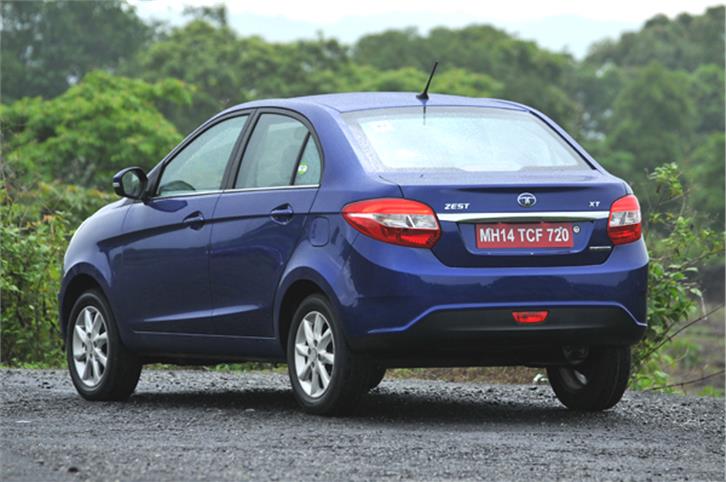
The boot has been pretty well integrated and the wraparound tail-lamps and chrome bar give it presence.
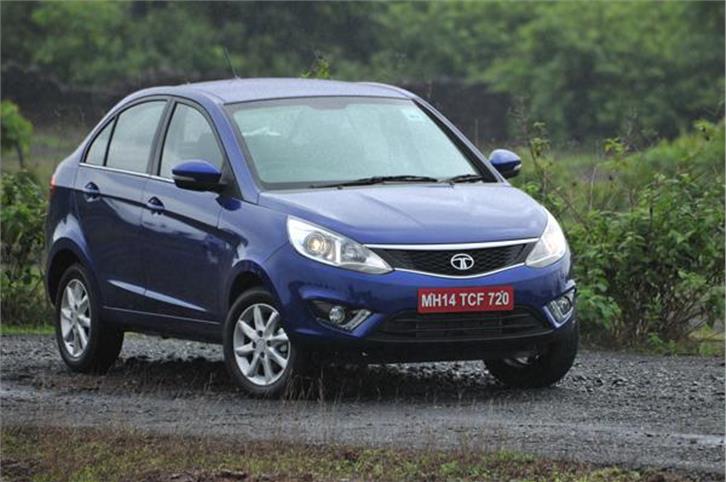
A sculpted bumper, attractive grille and kinked headlamps give the new nose a lot more character.
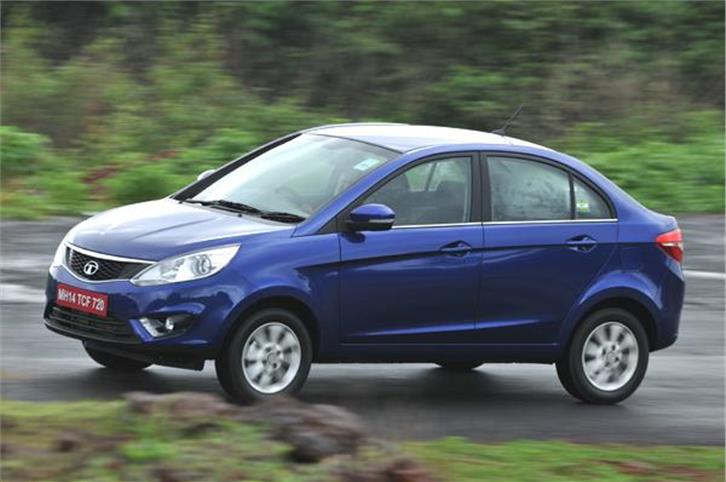
Tata has managed to find a superb compromise between ride and handling with the Zest.
What’s it like to drive?
The petrol version first, which uses Tata’s new 1.2 Revotron engine. Although this motor has its roots in the cast-iron block of the Xeta 1.2 motor, for all practical purposes, it’s a completely new engine. The talking point is the turbo-charger which promises the benefits of forced induction but the engine doesn’t have advanced tech like direct injection or a four-valve head. Still, the turbo gives it best-in-class power and torque figures – 88.7bhp and 14.27kgm – the latter being a fair bit higher than the naturally aspirated 1.2 petrols you find in the other sub-four-metre sedans. But how does it work on the road?
It’s very accessible for those unaccustomed to turbo engines, that’s for sure. It’s smooth when you set off and when the turbo comes alive at around 1,700rpm, the transition is smooth. Off-boost, you will find some hesitation if you punch down the accelerator in a hurry, but you get accustomed to it soon enough and it’s hardly a bother in traffic. The mid range isn’t ballistic as you might expect from a turbo engine, but performance is adequate for normal motoring.
Tata has also made a lot of mention of the Revotron’s three driving modes – Eco, City and Sport – a class-first feature that uses different ECU maps to suit your need but to be honest, it doesn’t live up to the hype. There is a little more responsiveness in Sport mode, but apart from that, the differences between the modes are hard to discern. The other problem is that this motor isn’t particular free-revving and runs out of breath pretty quickly, struggling to hit 6,000rpm.
Though the Revotron has sporting intensions, the fact is that this engine doesn’t like being flogged and feels best with moderate throttle inputs. Mention must be made of the refinement levels which are superb. Because it uses a cast-iron block rather than an aluminium one, noise and vibrations are much better contained, and noise levels are quite low. In fact, the Zest on the whole is very refined, with wind and tyre noise levels also having been improved.
However, the quite ambience in the cabin has accentuated the noticeable whine of the gearbox — an updated version of the Vista’s old TA65 five-speed manual, now cable operated, and fairly light to use.
More important than the new petrol, however, is the diesel automatic car. It’s likely to become the cheapest diesel automatic sedan in India when it goes on sale, the next most affordable option being the Hyundai Verna, and that’s something buyers have been craving lately. It uses an automated manual (AMT) gearbox with the same 89bhp 1.3-litre, Fiat-sourced Quadrajet engine as before, and as with most AMTs, promises to offer a sticker price that’s not much higher and fuel economy that's not much lower than the manual equivalent.
While we can’t verify either of those two things right now, what we can tell you is that the gearbox works just as we’ve come to expect AMTs to. For one, you have to remember there’s no ‘Park’ setting on the gearbox, and you have to leave it in neutral with the handbrake up when you leave the car. On the move, there’s a distinct pause between gear shifts which are pretty slow. It’s not so much a bother when you’re ambling along or even cruising steadily on the highway. The issues arise when you want an instant change of pace, and if you put your foot down hard, it drops gears quickly, but then immediately interrupts the power momentarily, which can leave you stranded halfway through an overtaking manoeuvre. The trick, then, is to give yourself room and gently feed in the power so that you can run through the gears smoothly.
The AMT also has a Sport mode, which makes it a little more responsive, and lets the engine rev to 4,000rpm when you’re going flat out (Normal mode shifts up anywhere between 2,000 and 3,500, depending on your inputs). The best mode for going quickly, however, is the gearlever-operated tiptronic manual, which will hold gears even till 4,500rpm. While that might seem like it’s defeating the purpose of an automatic, know that for everyday driving, the auto modes work great, and only if you are in a real hurry will you feel the need to swap cogs yourself.
The final area where huge strides have been made is the chassis and suspension. Without getting into too much detail, what you need to know is that Tata has managed to find a sublime balance between ride and handling; perhaps even the best in this class. Drive it over any manner of road blemish and it will flatten it out impeccably, and quietly. Even big potholes hardly faze it. Road shocks are cushioned brilliantly and the sense of calm in the cabin even on a really bad surface is amazing for a car in this segment. The only time it comes close to being caught out is when you drive it quickly over large road undulations, at which point, it may pitch a little at the rear. Under very hard braking too, the rear can get a bit unsettled
Amazingly, the relatively heavy and tall Zest darts around corners quite capably too. Its wider tracks help it feel more planted than an Indica, and the body movement is very well controlled for a car that seems to ride quite high. Yes, there is a bit of body roll but the overall balance of the chassis doesn’t make it an issue. The new electric steering unit, borrowed from the Nano Twist, also works really well. It’s pretty accurate and the ‘active return’ feature does subtly make things easier on the move. At speeds, the steering does feel a bit light but doesn’t take confidence away from the driver.
Copyright (c) Autocar India. All rights reserved.

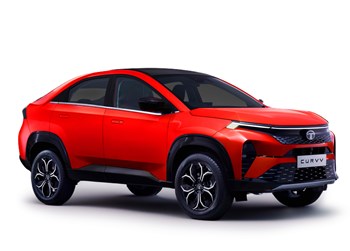
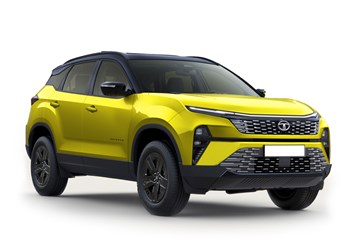
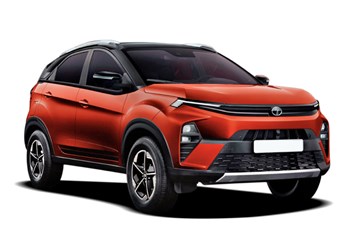

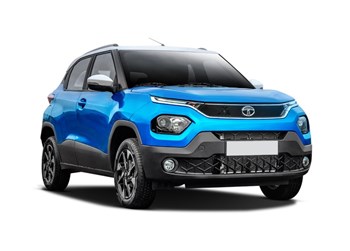

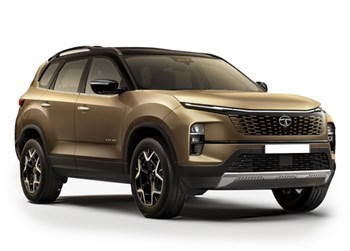

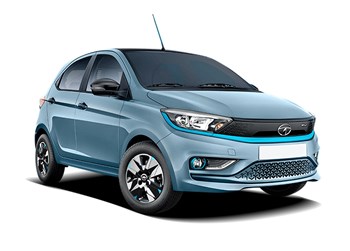

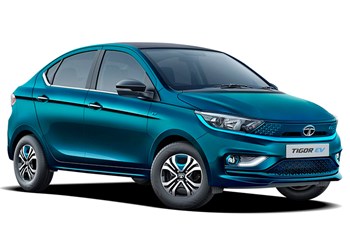


Comments
Member Login
Personal Details
No comments yet. Be the first to comment.